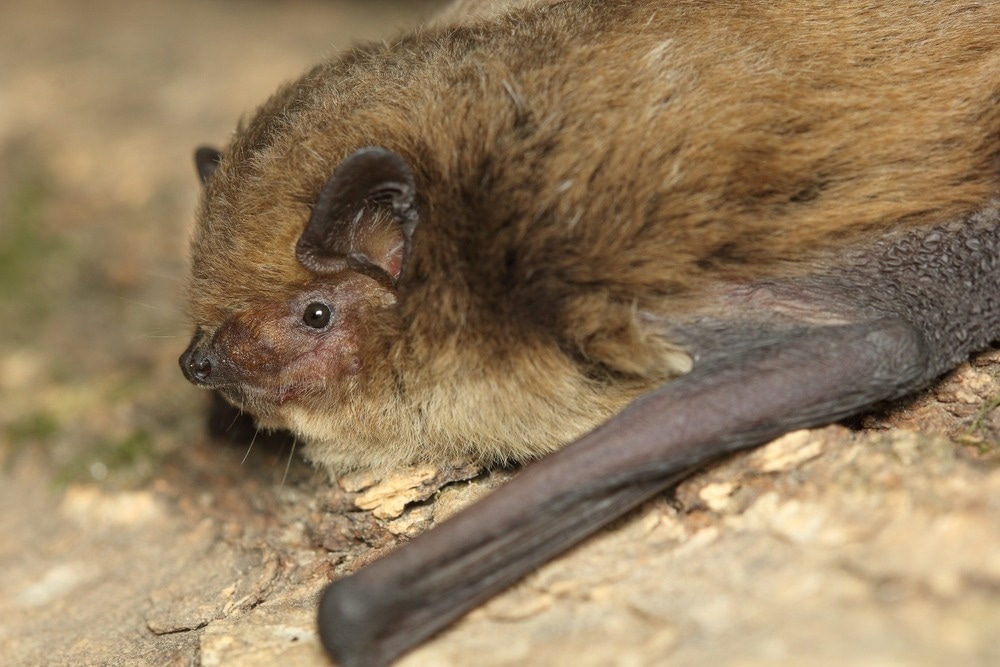lotrel quantity
In a recent study published in Viruses, researchers characterized the virome of Pipistrellus pygmaeus bats of Sweden.

Background
Previous studies have reported bats as potential reservoirs of pathogenic viruses such as Nipah, Hendra, severe acute respiratory syndrome coronavirus (SARS-CoV), and Marburg viruses, some of which are related to mammalian viruses. The diversity of viruses in bats varies with the bat species and geographical location.
About the study
In the present study, researchers performed a viral metagenomic analysis to identify viruses present in Pipistrellus pygmaeus (Leach, 1825) Swedish bats. They also characterized partial-length and entire-length genomes of bat coronaviruses (BtCoVs) such as picornaviruses and alphacoronaviruses.
For the analysis, 10 Pipistrellus pygmaeus bats were captured from roosts at two locations in Sweden between June and July 2020 with the help of mist nets, and their fecal (n=9) and saliva (n=6) samples were obtained. Ribonucleic acid (RNA) was extracted from the samples and subjected to polymerase chain reaction (PCR) analysis, haldol l following which the viral genomes were sequenced using multiple sequence alignment (MSA) and Sanger sequencing.
Subsequently, phylogenetic and recombination analyses were performed, followed by a bioinformatic analysis of the viral metagenomic data. Databases referred for closest matches to the obtained amino acid sequences include the Basic local alignment search tool (BLAST)-nr database and the national center for biotechnology information (NCBI) database.
In addition, an in-silico analysis was performed to further characterize the Swedish BtCoVs with translated open reading frame 1 antibody (ORF1ab) protein-coding sequences and the obtained amino acid sequences aligned with other CoVs such as alphacoronaviruses, betacoronaviruses, gammacoronaviruses, and deltacoronaviruses.
Results
A total of 145,383, 1,210,402, and 226 BtCoV viral reads were obtained from Pipisterllus pygmaeus samples of the feces from the Hammarskog location 1 (F-MV) pool, feces from Hammarskog location 2 (F-HS) and saliva from Hammarskog location 2 (S-HS) pool, respectively. Sequences identified were in relation to 51 families of viruses and uncategorized RNA viruses that infect bacteria, fungi, plants, mammals, and insects.
The most prevalent viruses were related Retroviridae, Herpesviridae, Coronaviridae, Tymoviridae, Hepeviridae viral families and uncategorized RNA viruses. Sequences from viral families such as Potyviridae, Betaflexiviridae, Reoviridae, Totiviridae and Alphaflexiviridae had a higher prevalence in the S-HS pool. Sequences related to viral families such as Astroviridae, Alphatetraviridae, Luteoviridae, Dicistroviridae, Mimiviridae, Iflaviridae, Partitiviridae, Paramyxoviridae, Poxviridae Picornaviridae, Virgaviridae and Solemoviridae were more prevalent in the fecal pools.
Most reads shared low protein identity with known viruses and thus, may be representative of emerging or novel viruses. Two partial (near entire-length) BtCoV genomes of the F-MV bat pool were characterized, of which, the first one (BtCoV/F-MV1/P.pyg/SWE/2020) shared the greatest similarity with BtCoV MN482242.1 from Danish P. pygmaeus bats (protein identity 89% to 99%). The second one (BtCoV/F-MV2/P.pyg/SWE/2020) was most similar to the Finnish BtCoVs (MN065811.1 and MG923573.2) and Danish BtCoVs (MZ218060.1 and MN535733.1) with 78% to 99% protein identity. However, both the BtCoV species shared only 65% to 73% identity with each other at the nt level.
The BtCoV genomes were similar to other alpha CoVs. From the F-HS bat pool, a partial genome (BtCoV/F-HS1/P.pyg/SWE/2020) was most similar to MN482242.1 with a protein identity of 88% to 100%. No recombination among BtCoV/F-HS1/P.pyg/SWE/2020 and BtCoV/F-MV1/P.pyg/SWE/2020 strains were observed, whereas the BtCoV/F-MV2/P.pyg/SWE/2020 genome showed ORF1a recombination of the MG923574.2 and MN535732.1 BtCoVs from Finland and Denmark, respectively.
Swedish BtCoV genome sequences clustered with alpha CoVs and the BtCoV/F-HS1/P.pyg/SWE/2020 and BtCoV/F-MV1/P.pyg/SWE/2020 clustered closely with Nyctacovirus subgenus BtCoVs from Italy and Denmark. The BtCoV/F-MV2/P.pyg/SWE/2020 clustered with Pedacovirus subgenus Danish and Finnish BtCoVs and 266 Coronaviridae family-related reads from the S-HS pool, shared 89% to 99% similar proteins with the MN482242.1 strain. Picornaviridae-related sequences were found in all samples with six, 23,858, and 170 reads in the S-HS pool, F-HS pool, and F-MV pool, respectively.
The partial Bt picorna (BtPV) BtPp-PicoV/F-HS-1/SWE/2020 genome shared 83% nt identity and 94% protein identity with BtPV KJ641697.1 present in Chinese Nyctalus valutinus bat species. Partial BtPV BtPp-PicoV/F-HS-2/SWE/2020 shared 78% nt identity and 88% protein identity with the KJ641697.1 strain. The BtPp-PicoV/F-HS-2/SWE/2020 and PicoV/F-HS-1/SWE/2020 genomes showed 82% nt identity with each other; however, nt identity was low, indicating that the two strains were different.
Viral genomes clustered with Shanbavirus genus BtPVs of Picornaviridae virus family and clustered closely with the BtPV KJ641697.1 strain of Chinese bats. Hepeviridae-related viruses were detected in all bat pools. The BtHEV-Pp1/F-MV/P.pyg/SWE/2020 strain of the F-MV bat pool was most similar to the MT815970.1 strain of Swiss P. nathusii bats (protein identity 82% to 96%). The uncategorized RNA viral contigs were similar to insect-infecting reoviruses. Three alphatetraviral contigs showed 42% to 59% identity to the Helicoverpa armigera stunt virus KX423453.1 strain.
Longer contigs shared 32% protein identity to Praha dicistro-like virus 2 and nine contigs shared 42% to 91% protein identity with other astroviruses. Six parvovirus contigs shared 41% to 87% protein identity with adenoviruses. Eight contigs shared 35% to 87% protein identity with the paramyxovirus KJ641657.1 strain. Additionally, contigs related to Partitiviridae, Tymoviridae, Totiviridae, Nodaviridae, Alphaflexiviridae, Microviridae and Carmotetraviridae families were identified.
Conclusion
Overall, the study findings showed that Swedish P. pygmaeus bats harbor diverse viruses, some related to mammalian viruses. The authors believe this is the first study on P. pygmaeus bat virome characterization and would expand knowledge of BtCoV evolution and spread.
Cholleti, H. et al. (2022) "Characterization of Pipistrellus pygmaeus Bat Virome from Sweden", Viruses, 14(8), p. 1654. doi: 10.3390/v14081654. https://www.mdpi.com/1999-4915/14/8/1654
Posted in: Medical Science News | Medical Research News | Disease/Infection News
Tags: Amino Acid, Antibody, Bacteria, Biotechnology, Coronavirus, Evolution, fungi, Genome, Parvovirus, Polymerase, Polymerase Chain Reaction, Protein, Respiratory, Ribonucleic Acid, RNA, Sanger sequencing, SARS, Severe Acute Respiratory, Severe Acute Respiratory Syndrome, Syndrome, Virus

Written by
Pooja Toshniwal Paharia
Dr. based clinical-radiological diagnosis and management of oral lesions and conditions and associated maxillofacial disorders.
Source: Read Full Article
